Alaska Fish & Wildlife News
May 2025
Can I see ALL the Hunter Harvest Information?
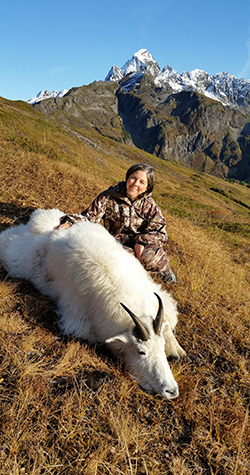
Every year hunters provide Alaska wildlife biologists with valuable information about their hunts and the animals they harvest. I opened an email the other day with this question: Can you send me hunter harvest data for the past 15 years for sheep, moose and mountain goats for the following 13 areas of Alaska?
It’s a good question. The short answer is, “Yes, you can easily look that data up here on our website”
That was not the answer he wanted, and it wasn’t just because he wanted me to do his homework (that’s close to ten thousand animals-worth of data). Wildlife managers really value that data, but we can’t, and don’t, share it all with everyone.
Hunters file a hunt report, due after the season, with details about their hunt and harvest, and this information helps biologist manage wildlife and hunting. Bag limits may be increased or decreased, specific areas may be opened or closed, and the length and dates of a hunting season may be changed.
Hunters tell us where and when they hunted, how they got there (boat, vehicle, horseback, guided hunt, etc.) and if they harvested an animal (or not, that’s also important). We ask hunters to share how much effort they put into hunting. If, on average between 2000 and 2010, it took two days of hunting to bag a moose in a certain management area, and now it takes a week, that’s a clue that there could be fewer moose. Trends provide insights. For some animals, like bears, goats, and Dall sheep, we need additional information and hunters bring in the skull and/or hide for “sealing,” where we take measurements and a bear tooth (to determine the bear's age) in person.
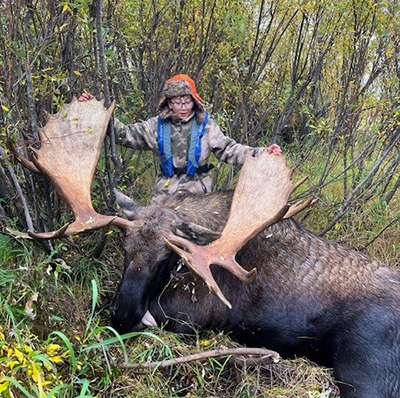
We realize hunters may be cautious about sharing where they successfully hunted a beautiful (maybe “trophy”) Dall sheep. Some hunters invest years into scouting, watching animals, hiking the area in the off-season, and studying how to best approach a particular spot. Thousands of hunters want to get a moose on the road system. I appreciate why a hunter would ask for this intel for hunt planning. But it’s understandable that it’s protected - because hunters won’t share this if we betray their trust.
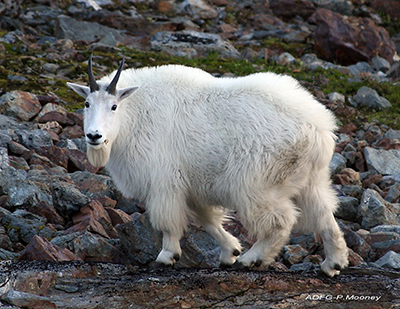
So, much of the information hunters provide is confidential. We do not share it. It is protected by state statute. Hunting locations fall under AS 16.05.815(d)(E), the specific location of fish and wildlife species. This Alaska statute also protects the location of denning sites, some specific raptor nests, research animals, and animals equipped with GPS and radio collars – and their radio frequencies. In addition, the Division of Wildlife Conservation has a policy on providing hunter harvest records to the public, which prohibits sharing specific hunt locations.
Hunters can trust that we do not reveal the specific locations of their hunting trips and where they harvest big game. And that is what this person wanted. He wrote back that he wanted the specific location of every mountain goat, moose and Dall sheep killed (GPS coordinates if known) in 13 specific areas over the previous 15 years, the date of harvest, and the antler and horn measurements – everything we have. And far more than we share.
Hunt planning
We do share a fair amount of information. Some relates to hunting and harvest, some is more focused on wildlife management. The hunting, trapping and shooting section of the Fish and Game website offers comprehensive profiles of Alaska’s 11 big game animals - and waterfowl and small game as well. The most recent information is available the following regulatory year after all the hunt reports are in and the data is processed.
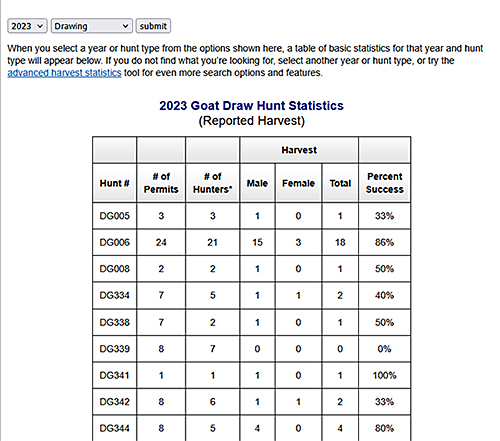
Say you are planning a mountain goat hunt and want to apply for a promising draw hunt. A search on mountain goat hunt statistics shows an high success rate for one hunt. That's the second hunt in the list to the left, DG006 (D-draw, not registration, G- goat, 006 – the area and hunt number). There were 24 permits issued, 21 people who actually hunted, and 18 goats harvested - an 86% success rate. I want to learn more, so I look up some info about that hunt. I learn that hunt is in southern Southeast Alaska on Revillagigedo Island, in Game Management Unit 1A, and I find a map of the area on the ADF&G website. I can learn hunt details like the season dates, residency restrictions and reporting requirements – good info for hunt planning. Reasonable information for wildlife managers to share.
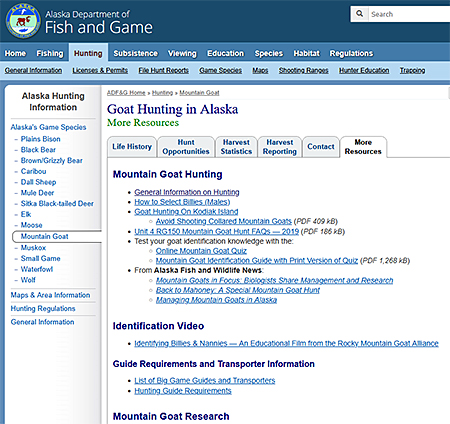
Want more? Right there is a tab for More Resources – offering info on some specific hunting areas, identifying males and females (billies and nannies), a goat quiz, links to articles on goats and goat hunting, links to goat research and management reports, a goat video, and more.
The deeper dive
A wealth of information is also available in the species management reports and plans (SMR&Ps). These “SMR&Ps” provide information about animals that are hunted or trapped – including management actions, goals, and recommendations for those species. Detailed information is prepared for each species every five years by the area management biologists for game management units in their areas.
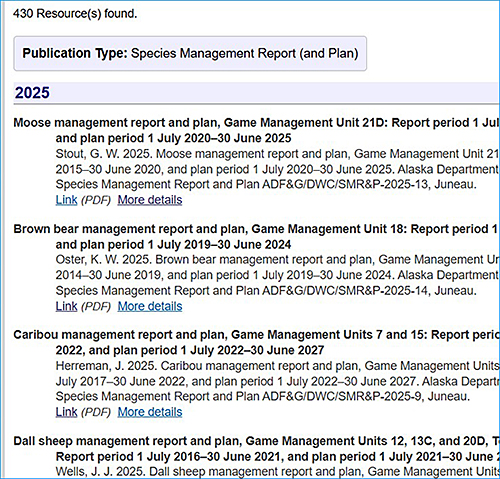
Lots of great information, but no directions to anyone’s hard-earned, favorite hunting spot.
More
Species management report for Mountain Goats
Species management report for Dall Sheep
Species management report for Moose
Subscribe to be notified about new issues
Receive a monthly notice about new issues and articles.
